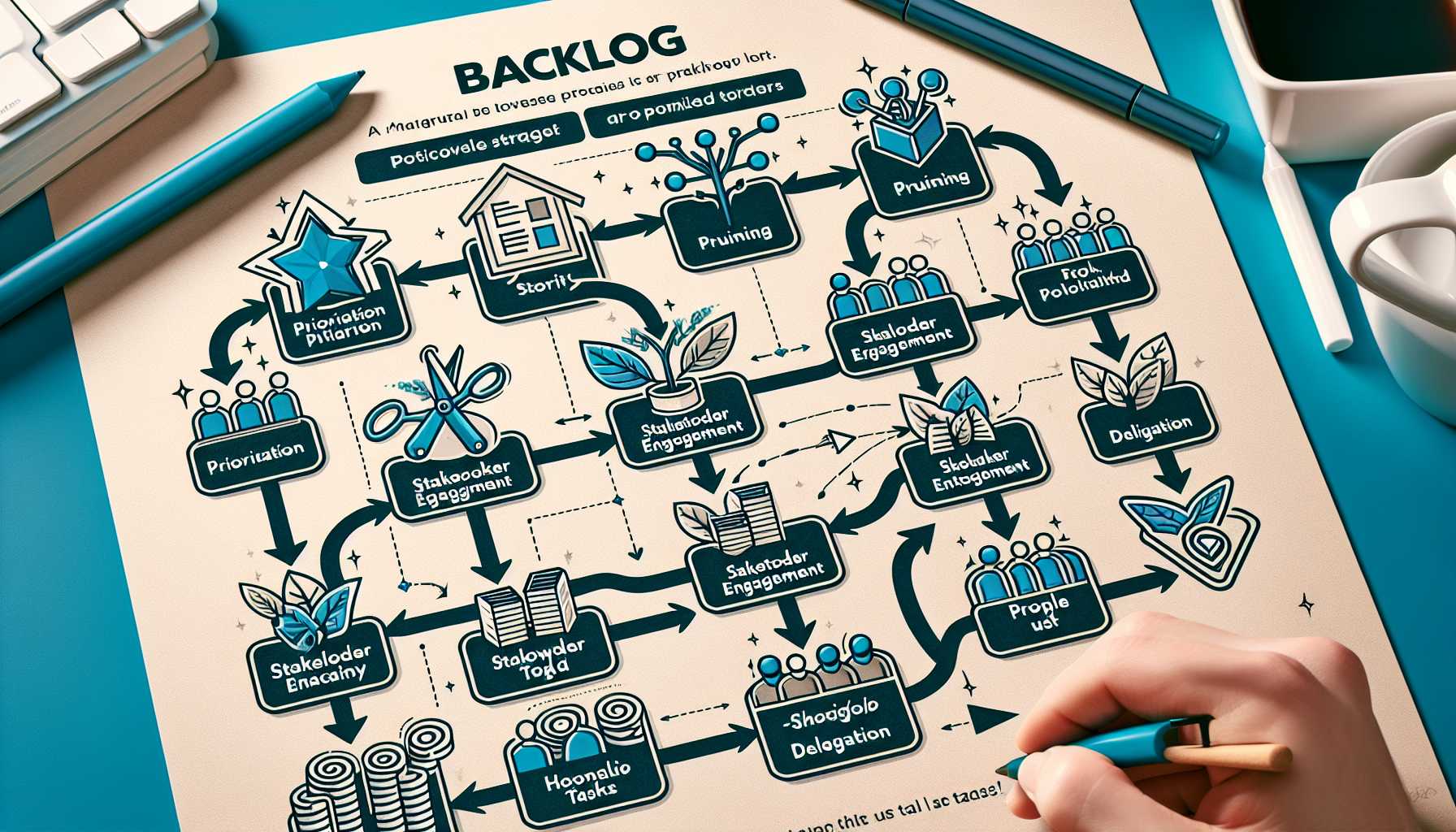Introduction
As a Product leader, managing the product backlog has been a crucial and dynamic aspect of my role. An effective backlog not only fuels the development pipeline; it also acts as a strategic tool guiding the product’s trajectory. In this post, I will share strategies that have worked for me and my teams in managing backlogs that are both robust and agile.
Understanding the Purpose of Your Backlog
First and foremost, it’s essential to align on what the backlog is for. It is not simply a to-do list; it is the single source of truth for the next steps in your product’s journey. I always emphasize clarity, full team understanding, and acknowledgement that it is a living, shifting document that requires regular attention and grooming.
The RICE Prioritization Methodology
One effective prioritization technique is RICE: Reach, Impact, Confidence, and Effort. It helps quantify and visualize the value of each item. By scoring each backlog item on these four dimensions, my teams have been able to make reasoned, objective decisions about what gets built next.
Regular Backlog Refinement Sessions
Just like any living entity, your backlog needs regular care. I’ve found maintaining a rhythm of backlog refinement sessions vital. Fortnightly sessions have struck a good balance – allowing for enough time for development progress and for gauging user feedback, while frequent enough to adapt to changing priorities.
Knowing What to Cut
One of the hardest parts of managing a backlog is deciding what not to do. Throughout my career, I’ve had to make tough calls to remove features that no longer align with our strategic direction or have been de-prioritized based on a re-assessment of value. This process, often referred to as ‘backlog pruning’, helps maintain focus on high-priority items and prevents clutter.
Engaging with Stakeholders
Product management is inherently cross-functional, and so is backlog management. Ensuring stakeholder engagement from engineering, design, marketing, and customer support in backlog grooming sessions prevents silos and promotes a unified vision. I regularly organize inter-departmental backlog reviews to ensure we’re all pulling in the same direction.
Avoiding the ‘Everything is a Priority’ Trap
When everything is important, nothing is. In my tenure, I’ve seen backlogs crumble under the weight of undifferentiated priority levels. Applying frameworks such as MoSCoW (Must have, Should have, Could have, and Won’t have) or simple High/Medium/Low categorizations, helps the team understand not all items are created equal.
Empowering Teams through Delegation
One lesson that has stood with me is the power of empowering teams by delegating backlog ownership. This doesn’t mean relinquishing responsibility, but rather entrusting team members to take initiative in their areas of expertise. Foster a culture where developers and designers feel comfortable suggesting changes based on their insights.
Using Backlog Management Tools
Tooling plays an essential role in backlog management. In my career, various Agile project management software like JIRA, Trello, and Asana have been instrumental. Utilizing a tool that fits your team’s workflow and scales with your product’s complexity is key to backlog effectiveness.
Conclusion
Effective product backlog management involves focused prioritization, inclusivity, and dynamic upkeep. Throughout my career, I’ve refined my approach to backlog management, identifying strategies that ensure the backlog remains a vital instrument for product success. By integrating these strategies, seasoned product managers can not only keep their backlogs healthy but also their products on the cutting edge of innovation and their customers satisfied.

